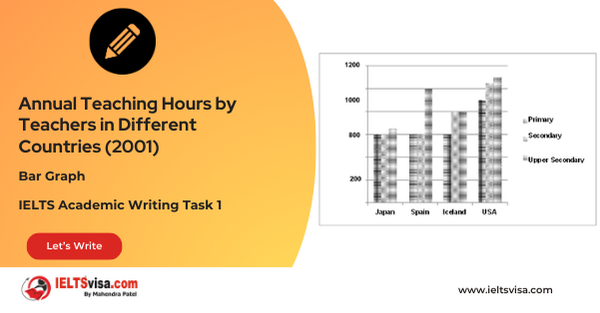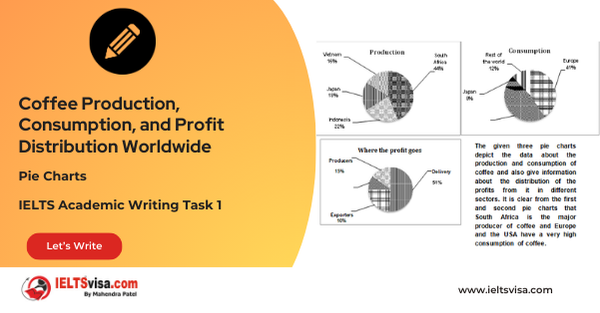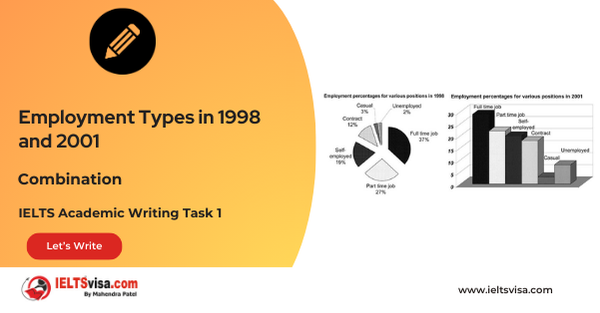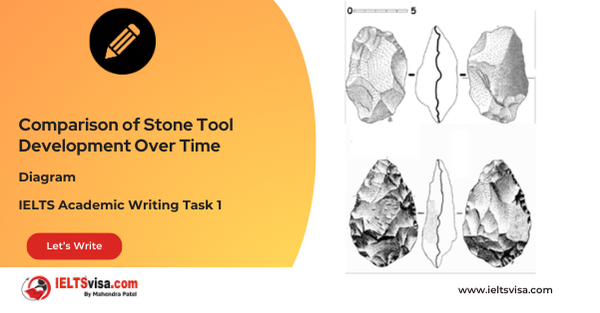Modes of Transport Used by Children Traveling to School (1990 and 2010)
IELTS Academic Writing Task 1 - Bar Graph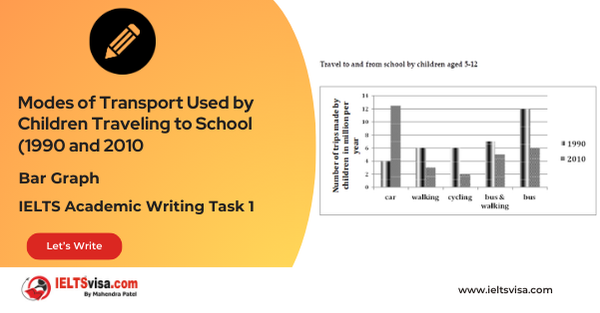
IELTS Writing Task 1 Question
The graph below shows the number of trips made by children in one country to travel to and from school in 1990 and 2010 using various modes of transport. Summarise the information by selecting and reporting the main features and make comparisons where relevant.
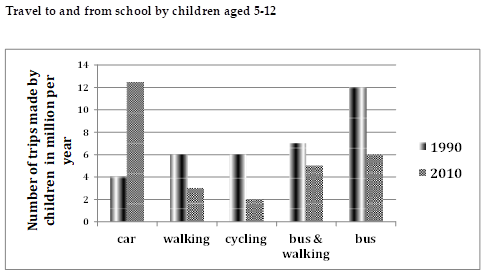
Common Questions for the Bar Graph
Key Points for the Report
1. Graph Type: Column Graph
2.Title: Modes of Transport Used by Children Traveling to School (1990 and 2010)
3. Focus : Comparison of trips made by children in different years and modes of transport
Comparison Showing and Trends Any change over time (such as an increase or a decrease) is a trend.
Comparison 1 : Transport Modesions
- Details:
1. A variety of transport modes were analyzed: bus, car, walking, cycling, and combined bus and walking.
Comparison 2: Shifts Over Time
-
Details:
1. A significant shift occurred between 1990 and 2010 in preferred modes of transport.
Sample Answer
The column graph illustrates the number of trips made by children travelling to and from school in a particular country between 1990 and 2010, utilizing various modes of transport. The vertical axis represents the number of trips in millions per year, while the horizontal axis categorizes the transport modes: bus, car, walking, cycling, and bus and walking combined.
In 1990, bus trips dominated with around 12 million, significantly surpassing walking and cycling, which each accounted for approximately 6 million trips. Car trips were the least popular at about 4 million, while the combined trips by bus and walking reached around 7 million.
By 2010, the landscape of school travel had changed dramatically. Car trips rose to about 12.5 million, becoming the most utilized mode of transport, with an increase of 8.5 million from 1990. Conversely, bus trips decreased to 6 million, halving from their previous count. Walking trips dropped to 3 million, and cycling further reduced to only 2 million. Combined bus and walking trips fell by 1 million from 1990.
Overall, the data reveals a clear shift from buses as the primary mode of transport in 1990 to cars taking precedence by 2010.
Top 26 Vocabularies
| Vocabulary (type) | Type |
Meaning | Synonyms | Examples |
| Illustrates | Verb | To explain or make something clear by using examples or visuals | Demonstrates, depicts, shows | “The graph illustrates the number of trips made by children.” |
| Dominated | Verb | To be the most prominent or prevalent | Controlled, prevailed, led | “In 1990, bus trips dominated with around 12 million.” |
| Significant | Adjective | Sufficiently great or important to be worthy of attention | Notable, considerable, substantial | “A significant shift occurred between 1990 and 2010.” |
| Utilized | Verb | To make practical and effective use of | Employed, applied, used | “Cars became the most utilized mode of transport.” |
| Landscape | Noun | A particular area or aspect of a situation | Environment, scene, setting | “The landscape of school travel had changed dramatically.” |
| Trips | Noun | Journeys or travels made to a destination | Journeys, excursions | “The graph shows the number of trips made by children to and from school.” |
| Number | Noun | A count or total of something | Quantity, total | “The number of trips in 1990 was higher for buses than other modes.” |
| Vertical Axis | Noun | The axis in a graph that runs vertically, representing data | Y-axis, upright axis | “The vertical axis represents the number of trips made.” |
| Horizontal Axis | Noun | The axis in a graph that runs horizontally, representing categories | X-axis, side axis | “The horizontal axis categorizes the transport modes.” |
| Category | Noun | A group or class of things with shared characteristics | Class, type, group | “The data is categorized into modes of transport such as bus, car, walking, and cycling.” |
| Mode | Noun | A method or way of doing something | Method, means, manner | “The most popular mode of transport in 2010 was by car.” |
| Dominant | Adjective | Having control or influence over something | Leading, primary, chief | “In 1990, buses were the dominant form of transport.” |
| Surpassed | Verb | To exceed or go beyond in amount, quality, or degree | Outpaced, exceeded | “Bus trips surpassed walking and cycling trips significantly in 1990.” |
| Significantly | Adverb | To an important or notable degree | Substantially, considerably | “Car trips increased significantly from 1990 to 2010.” |
| Count | Noun | The total amount or number of something | Total, sum | “The count of car trips in 2010 reached 12.5 million.” |
| Decrease | Verb | To reduce in size, amount, or number | Diminish, lessen | “Bus trips decreased to 6 million by 2010.” |
| Rise | Verb | To increase or go up in level, number, or amount | Increase, grow, escalate | “Car trips rose to 12.5 million in 2010.” |
| Half | Verb | To reduce by fifty percent | Halve, split | “Bus trips halved from 1990 to 2010.” |
| Dropped | Verb | To fall or decrease in amount or number | Fell, declined, decreased | “Walking trips dropped to 3 million by 2010.” |
| Further | Adjective | To a greater extent or degree | Additional, more, extra | “Cycling trips further reduced to only 2 million.” |
| Shift | Noun | A change or movement from one position to another | Change, transition, move | “There was a shift from buses to cars as the preferred mode of transport.” |
| Precedence | Noun | The condition of being more important or having priority | Priority, priority status | “By 2010, cars had taken precedence over buses in school travel.” |
| Utilize | Verb | To make use of something | Employ, use, apply | “The various modes of transport were utilized by children for their school trips.” |
| Comparative | Adjective | Involving comparison, showing how things differ | Relative, contrasting | “The comparative data shows the increase in car trips and the decrease in bus trips.” |
| Demonstrates | Verb | To clearly show or make something evident | Displays, exhibits | “The graph demonstrates the travel trends over the years.” |
| Becomes | Verb | To begin to be something or change into a different state | Turns, changes, develops | “Car trips became the most utilized mode of transport by 2010.” |
| Overall | Adverb | Considering everything or as a whole | In total, generally | “Overall, there was a dramatic shift in the school travel patterns between 1990 and 2010.” |

Our Books
Master IELTS Speaking Part 1
IELTS Writing Task 1 Book
IELTS Writing Task 2 Book
Practice IELTS Other Modules
IELTS Listening
The IELTS Listening test assesses how well you can understand spoken English in various contexts. It lasts about 30 minutes and is divided into four sections with a total of 40 questions. The listening tasks become increasingly difficult as the test progresses.
IELTS Academic Reading
The IELTS Academic Reading section assesses your ability to understand and interpret a variety of texts in academic settings. It is designed to evaluate a range of reading skills, including skimming for gist, reading for main ideas, reading for detail, understanding inferences, and recognizing a writer's opinions and arguments.
IELTS Speaking
The IELTS Speaking test assesses your ability to communicate in English on everyday topics. It lasts 11-14 minutes and consists of three parts: introduction, cue card, and a discussion based on the cue card topic.
IELTS General Reading
IELTS General Reading tests your ability to understand and interpret various types of texts. Here are some key areas and types of content you can expect to encounter in the reading section, along with tips for effective preparation.
IELTS Academic Writing Task 1
In IELTS Academic Writing Task 1, you are presented with a visual representation of information, such as graphs, charts, tables, or diagrams, and you are required to summarize, compare, or explain the data in your own words.
IELTS General Writing Task 1
In IELTS General Writing Task 1, you are required to write a letter based on a given situation. The letter can be formal, semi-formal, or informal, depending on the prompt. Here’s a breakdown of the key components to include in your letter
IELTS Academic Writing Task 2
In IELTS Academic Writing Task 2, you are required to write an essay in response to a question or topic. Here’s a guide to help you understand the essential elements of this task
IELTS Exam Tips
To succeed in the IELTS exam, practice regularly, familiarize yourself with the test format, improve your vocabulary, develop time management skills, and take mock tests to build confidence.
Grammer for IELTS
Grammar is the foundation of effective communication in English. Understanding tense usage, subject-verb agreement, and sentence structure enhances clarity and coherence in writing and speaking.
Vocabulary for IELTS
Vocabulary plays a crucial role in the IELTS (International English Language Testing System) exam, especially in the Speaking and Writing sections. Here’s an overview of why vocabulary is important and how it impacts your performance
RECENT IELTS SAMPLES QUESTIONS AND ANSWERS
Task 1 – Column graph – Percentage of Young People Enrolled in Universities in 2000 and 2007.
20:00 Start Pause Stop [df_adh_heading title_infix="IELTS Writing Task 1 Question" use_divider="on"...
Task 1 – Bar Graph – Annual Teaching Hours by Teachers in Different Countries (2001)
20:00 Start Pause Stop [df_adh_heading title_infix="IELTS Writing Task 1 Question" use_divider="on"...
Task 1 – Pie Charts – Coffee Production, Consumption, and Profit Distribution Worldwide
20:00 Start Pause Stop [df_adh_heading title_infix="IELTS Writing Task 1 Question" use_divider="on"...
Task 1 – Column graph – Types of Transport Used by Tourists Visiting New Zealand from Five Countries in 2004.
20:00 Start Pause Stop [df_adh_heading title_infix="IELTS Writing Task 1 Question" use_divider="on"...
Task 1 – Bar and Pie Chart Combination – Employment Types in 1998 and 2001
20:00 Start Pause Stop [df_adh_heading title_infix="IELTS Writing Task 1 Question" use_divider="on"...
Task 1 – Diagram – Comparison of Stone Tool Development Over Time
20:00 Start Pause Stop [df_adh_heading title_infix="IELTS Writing Task 1 Question" use_divider="on"...


